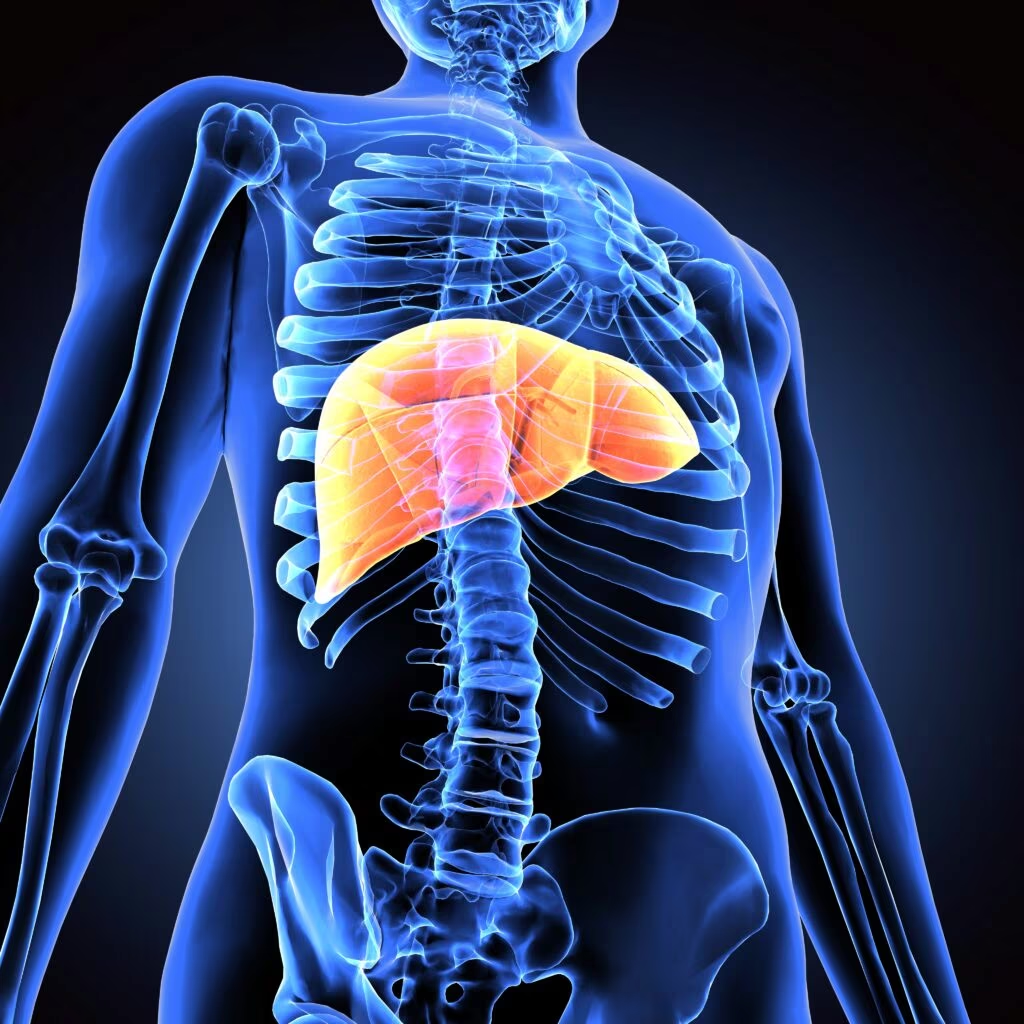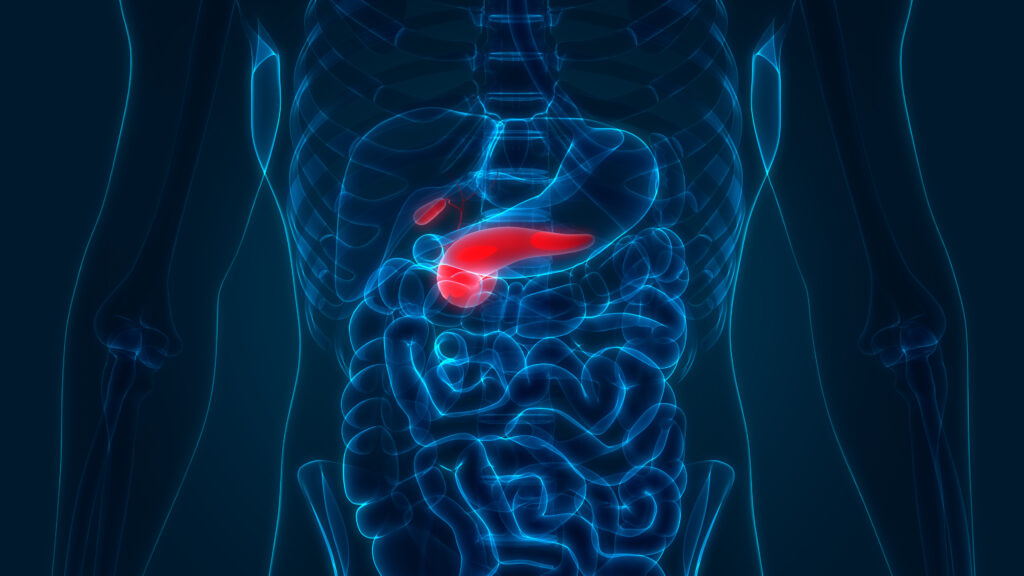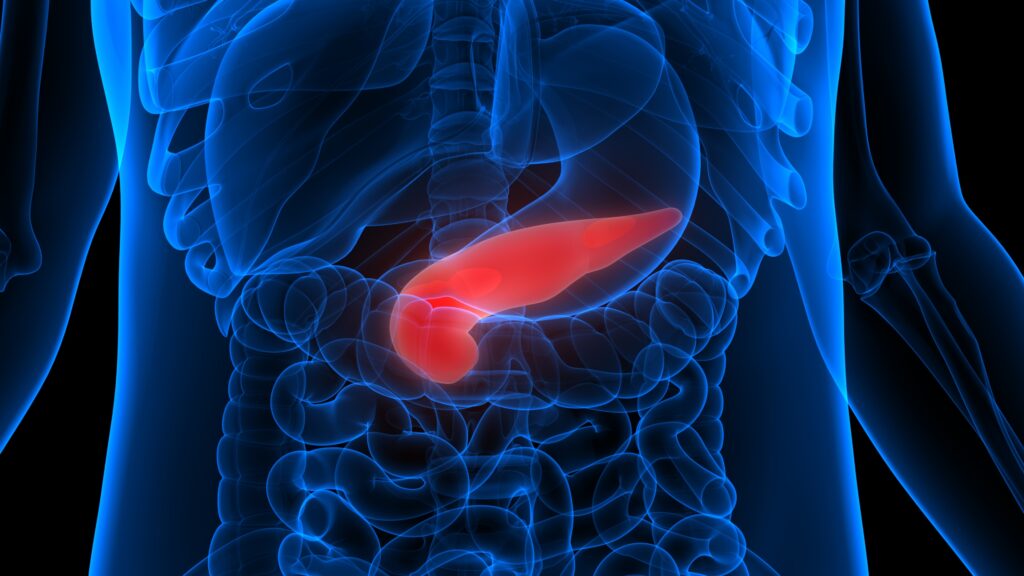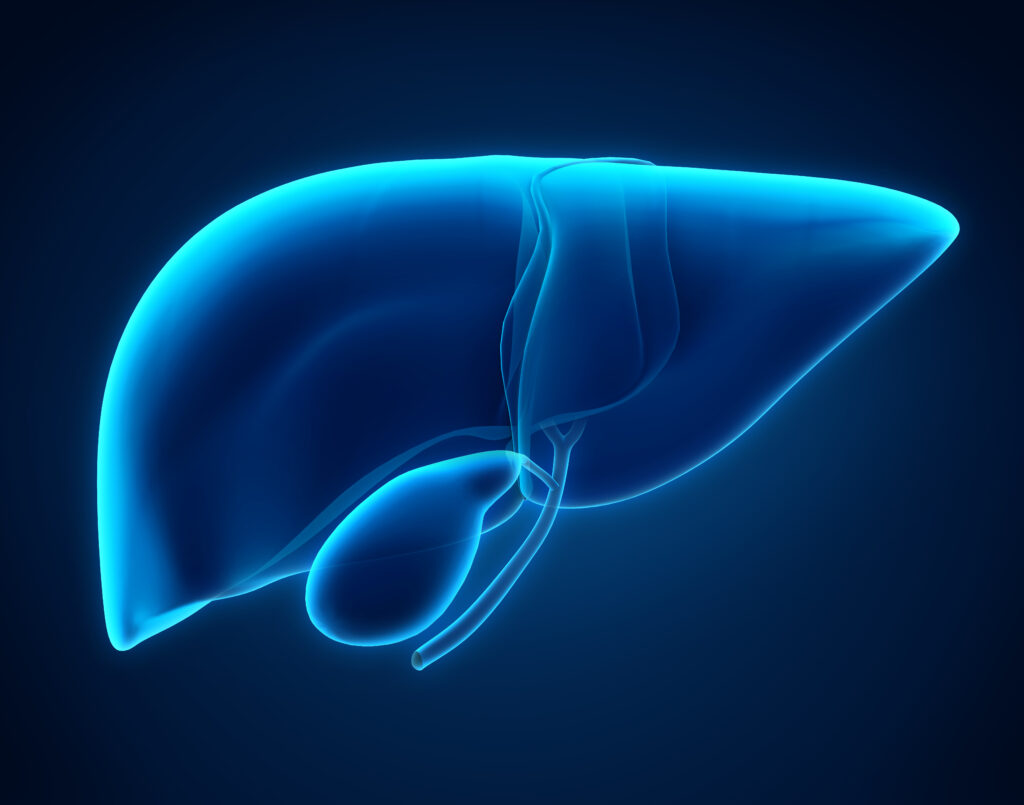Search Results
Showing Results for Body weight

Physician burnout is at a critical point. In this episode, Nicky speaks with Dr Alfred Atanda about why so many physicians are burning out and what can be done to change the trend. From personal experience to system-wide solutions, Dr Atanda shares valuable insights on improving physician well-being and building a more effective healthcare culture.

Polycystic ovary syndrome (PCOS) is a complex, multisystemic condition characterized by reproductive, metabolic and dermatologic manifestations, including hyperandrogenism and ovulatory dysfunction. Despite its prevalence and significant impact on quality of life, PCOS remains underdiagnosed and poorly managed due to its ...

Article Highlights This study aims to find an effective and affordable biomarker panel for early non-alcoholic fatty liver disease (NAFLD) detection in Indian women with morbid obesity, given the rising prevalence of NAFLD and limited accessibility of ultrasound sonography (USG) ...

Article highlights There is growing clinical importance attributed to the development of metabolic dysfunction-associated steatotic liver disease in people with type 2 diabetes (T2D). Numerous international groups now advocate screening for advanced fibrosis in people with risk factors, such as ...

Article Highlights Early use of sodium–glucose co-transporter-2 inhibitors following myocardial infarction was associated with the following factors: Lower hospitalization for heart failure (odds ratio [OR]: 0.75; 95% confidence interval [CI]: 0.62–0.90; p=0.002). Similar cardiovascular deaths (OR: 1.04; 95% CI: 0.83–1.30; p=0.76). Similar all-cause mortality (OR: 1.00; 95% ...

Polycystic ovary syndrome (PCOS) is the most common endocrinopathy affecting women of reproductive age and is characterized by hyperandrogenism, anovulation and insulin resistance (IR).1 Women with PCOS have a high risk of developing type 2 diabetes (T2D), dyslipidaemia, hypertension and ...

The 3-year results from the SURMOUNT-1 trial, published in the New England Journal of Medicine, have revealed that tirzepatide significantly reduced the risk of progression to type 2 diabetes (T2D) in individuals with obesity and prediabetes. T2D onset was ...

This systematic review and meta-analysis investigate the efficacy of teprotumumab, a novel monoclonal antibody, in reducing proptosis for patients with long-duration thyroid eye disease (TED). While teprotumumab has shown promise in treating active TED, its effectiveness in chronic cases remained ...

Dry eye disease (DED) is known as dry eye syndrome (DES) or keratoconjunctivitis sicca. According to the Tear Film and Ocular Surface Society’s Dry Eye Workshop II (TFOS DEWS II), it constitutes a multifactorial disease of the ocular surface, ...

The prevalence of diabetes during pregnancy is rapidly increasing. In the USA alone, an estimated 1–2% of pregnant women have type 1 diabetes (T1D) or type 2 diabetes (T2D), and an additional 6–9% develop gestational diabetes.1 From 2000 to 2010, the prevalence of gestational ...

Hepatic steatosis is the liver manifestation of metabolic syndrome and a common cause of chronic liver disease. Nonalcoholic fatty liver disease (NAFLD) diagnosis relies on the presence of hepatic steatosis, defined as >5% fat accumulation in the liver, as observed ...

Dapiglutide is a once-weekly, subcutaneous dual GLP-1/GLP-2 receptor agonist being investigated for the treatment of obesity. This first-in-class molecule is designed to take advantage of the weight-loss effects of GLP-1 agonist and the additional benefit of a GLP-2 agonist on improving intestinal barrier function and addressing co-morbidities associated with low-grade inflammation seen in obesity.

After yet another successful congress, who better to reflect on the highlights than the current EASD President, Prof. Chantal Mathieu? In this interview, we explore the packed agenda, discussing everything from the prestigious prize lectures to ground-breaking research. We explore some of the most exciting data presented, including advancements in long-acting insulins, novel technologies and islet transplantation). We also touch on pivotal type 1 diabetes research (T1D), and a crucial call to action for addressing cardiovascular comorbidities in this patient population.

Dipeptidyl peptidase-4 (DPP-4) is a ubiquitous, multifunctional, 766-amino acid, type 2 transmembrane glycoprotein, which participates in the regulation of metabolic functions, immune and inflammatory responses, cancer growth and cell adhesion.1 It has two forms: the first is a membrane-bound form, which ...

Polycystic ovary syndrome (PCOS) is a multifactorial, multifaceted syndrome that affects women across all ages from adolescence to post-menopause. It is reported to be the most common endocrinopathy in women of the reproductive age group.1 The nature of this syndrome ...

‘Closed-loop’ systems mark a significant advancement in managing type 1 diabetes. These systems which continuously monitor glucose levels and automatically deliver insulin through a pump, help many individuals with type 1 diabetes maintain optimal glucose levels with greater ease. In this episode, we explore the progress, challenges and impact of these innovative technologies with Endocrinology Clinical Pharmacy Specialist, Dr Diana Isaacs, and highlight their future potential.
Latest articles videos and clinical updates - straight to your inbox
Log into your Touch Account
Earn and track your CME credits on the go, save articles for later, and follow the latest congress coverage.
Register now for FREE Access
Register for free to hear about the latest expert-led education, peer-reviewed articles, conference highlights, and innovative CME activities.
Sign up with an Email
Or use a Social Account.
This Functionality is for
Members Only
Explore the latest in medical education and stay current in your field. Create a free account to track your learning.



